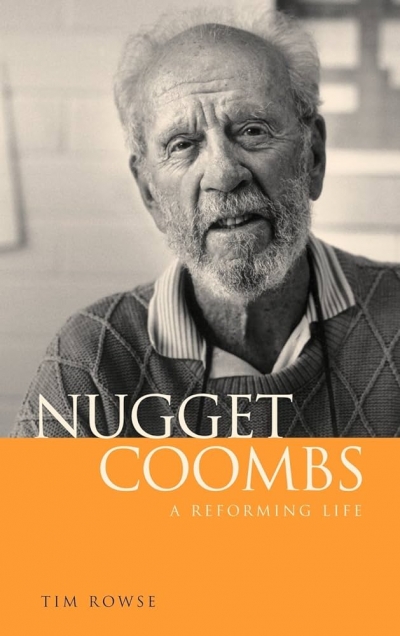Archive
Xavier Herbert: Letters edited by Frances de Groen and Laurie Hergenhan
How Simone de Beauvoir Died in Australia: Stories and essays by Sylvia Lawson
Some years ago I wrote a poem called A Table of Coincidences’, which contained the lines: ‘the day Christopher Columbus discovered America / Was the day Piero della Francesca died.’ This is a verifiable fact, unless changes in the Western calendar have altered things. Clearly, I was being sententious and reactionary: the ancient good of the world and its new doubtfulness seemed to start on the one day. A hostile reviewer pointed out that every date in the world is the anniversary of some other date, and poured scorn on my notion by suggesting that a momentous event like the Armistice in 1918 might share a date with the invention of Coca-Cola. But we still honour anniversaries, and I am only too conscious of the 365 days that have passed since 11 September 2001.
... (read more)Xavier Herbert: Letters edited by Frances de Groen and Laurie Hergenhan
ABR welcomes concise and pertinent letters. Correspondents should note that letters may be edited. They must reach us by the middle of the current month. Letters and emails must include a telephone number for verification
Poetry at the Melbourne Writers’ Festival
Dear Editor,
Juno Gemes asks what is the current place of poetry within our literary festivals (ABR, ‘Letters’, September 2002). She also asks related questions, which in summary give the overall impression that poetry, particularly at the Melbourne Writers’ Festival, now has only a peripheral place. As evidence, she claims that in Melbourne ‘a mere five poets, including only one indigenous writer, will take part in five sessions in a programme representing hundreds of writers’.
... (read more)Lexical Images: The story of the Australian national dictionary by Bill Ramson
Death of a Notary: Conquest and change in colonial New York by Donna Merwick
Never far from one’s mind these days, the events of September 11, 2001, and their direct aftermath in Afghanistan and elsewhere, had to be prominent in this month’s issue of ABR, such is their complex resonance and ubiquitous iconography. To complement Morag Fraser’s essay in this issue on the consequences of ‘September 11’ for civic ...







